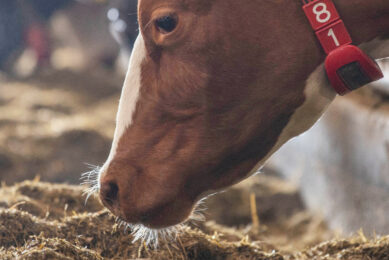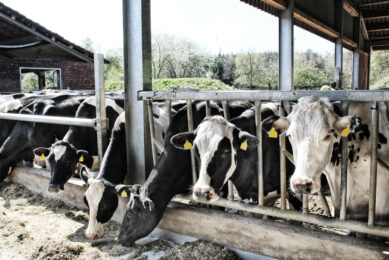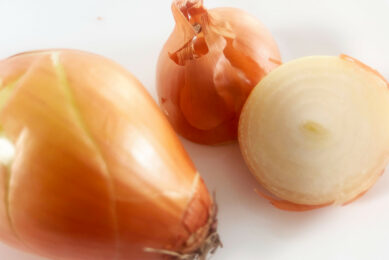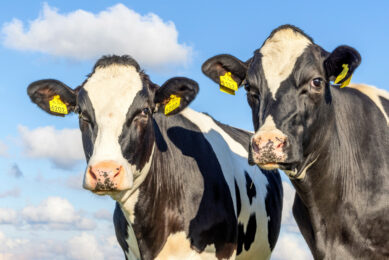Global dairy feed insights shared in Alltech’s latest agri-food outlook
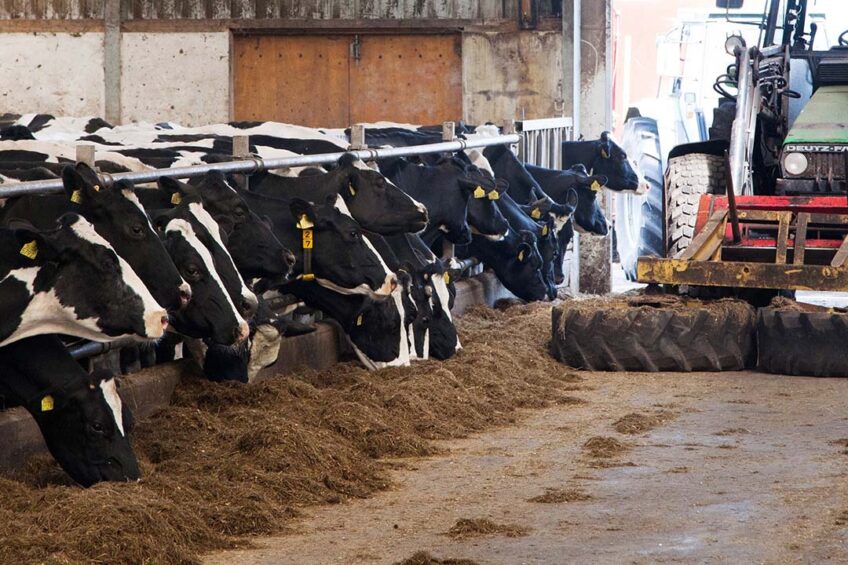
Global animal feed production remained steady in 2023 at 1.29 billion metric tonnes (mt), a slight decrease (0.2%) of 2.6 million mt from 2022’s estimates, according to the 2024 Agri-Food Outlook, recently released by Alltech. The annual survey includes data from 142 countries and more than 27,000 feed mills.
The overall lower demand for feed was due, in part, to the more efficient use of feed made possible by intensive production systems that focus on using animal nutrition, farm management and other technologies to lower feed intake while producing the same amount of protein, or more.
A slowdown in the overall production of animal protein, in response to tight margins experienced by many feed and animal protein companies, also contributed to lower feed demand. Changing consumption patterns caused by inflation and dietary trends, higher production costs and geopolitical tensions also influenced feed production in 2023.
Dairy feed
The report also shows that dairy feed tonnage decreased by 2.3% (126.23 mmt), primarily due to the high cost of feed combined with low milk prices, which led farmers to make strategic adjustments that included reducing their cow numbers and/or relying more on non-commercial feed sources.
In Europe, dairy producers will continue to grapple with stricter environmental policies in the years ahead, and they will need to find new ways to continue growing.
Meanwhile, Asia-Pacific managed to buck the downward trend and emerged as the only region that increased its dairy feed tonnage in 2023. This growth was fueled by a continued increase in the consumption of milk products there, as well as an expansion of feed production in co-operatives. This shift reflects the delicate balance between economic factors and the need to sustain dairy production.
Click here to access more data and insights from the 2024 Alltech Agri-Food Outlook.
Join 13,000+ subscribers
Subscribe to our newsletter to stay updated about all the need-to-know content in the dairy sector, two times a week.



